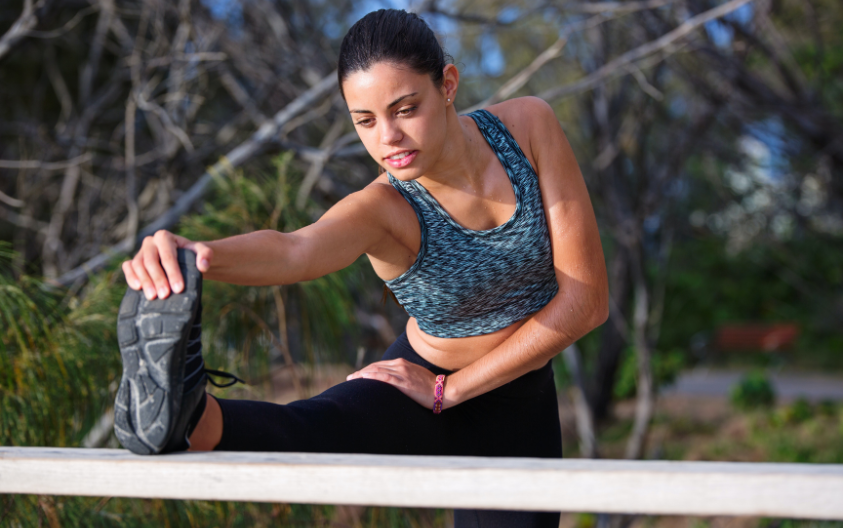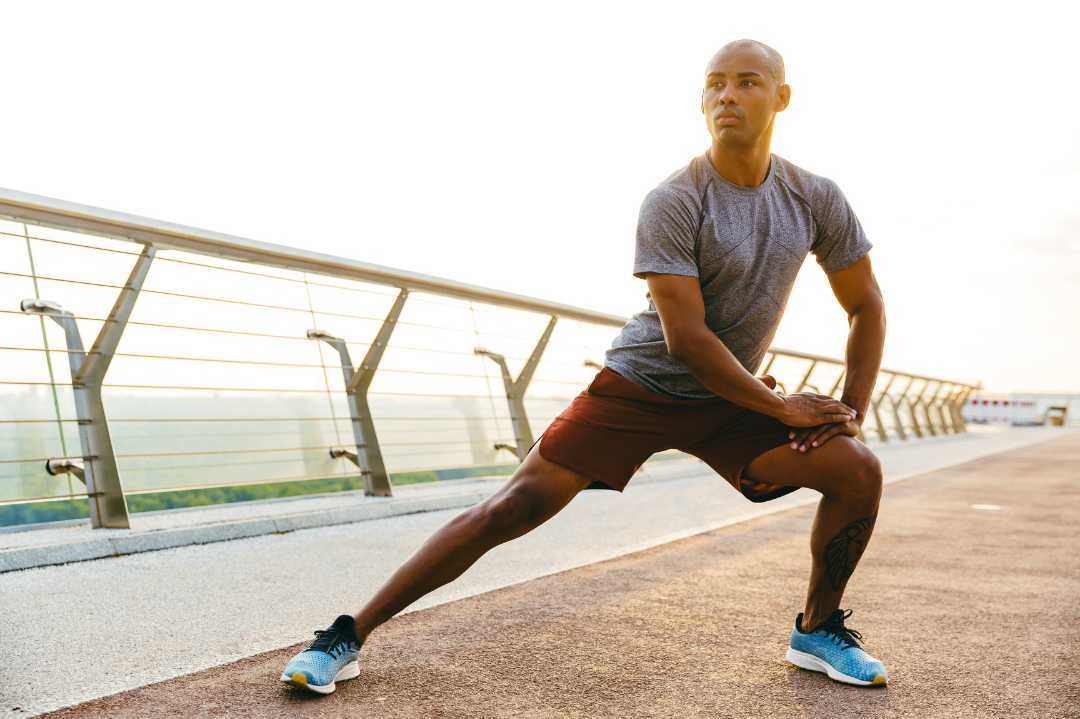As the summer winds to a close and the children all head back to school, it is important to maintain a regular and ongoing health regiment. The old expression: “An ounce of prevention is worth a pound of cure” comes to mind. To keep our bodies strong, and avoid those pesky injuries that can happen as we bunker down on our couches for the colder months ahead, we need to adopt some strategies to help us to be the resilient and strong selves we dream of in our minds.
Stretching, and maintaining your flexibility is a good start, but catching those minor aches and pains early and staying in shape can help your body avoid more serious injuries in the long term.
Ongoing physiotherapy treatment offers a range of benefits for individuals who have experienced injuries and who want to avoid them in the first place. Let’s take a look at some of the main advantages:
Physiotherapy techniques such as manual therapy, therapeutic exercises, and modalities like heat or cold therapy can help alleviate pain associated with injuries. The therapist can assess the specific condition and develop a personalized treatment plan to target the source of pain.
Injuries often lead to restricted movement and reduced flexibility. Physiotherapists can design exercises and stretches to restore and improve joint mobility, muscular flexibility, and overall range of motion. This helps individuals regain their ability to perform daily activities and return to their regular exercise routines.
After an injury, muscles may weaken due to disuse or atrophy. Physiotherapy programs include strengthening exercises that focus on rebuilding muscle strength and endurance. This helps individuals regain their physical capabilities and prevent further injuries in the future.
Physiotherapists are trained to provide appropriate treatment at different stages of the healing process. By implementing specific techniques and exercises, they can promote tissue healing, reduce scar tissue formation, and minimize the risk of complications. This accelerates the recovery process and helps individuals return to their regular activities sooner.
Physiotherapy not only focuses on rehabilitation but also on injury prevention. Therapists educate individuals about proper body mechanics, ergonomics, and techniques to avoid re-injury. They may recommend specific exercises or training programs to strengthen weak areas, improve balance, and enhance overall physical fitness, thereby reducing the risk of future injuries.
Chronic pain or physical limitations resulting from injuries can significantly impact an individual’s quality of life. Physiotherapy aims to restore optimal physical function, reduce pain, and improve overall well-being. By regaining independence and improving functional abilities, individuals can enjoy a better quality of life.
It’s important to note that the benefits of ongoing physiotherapy treatment may vary depending on the type and severity of the injury, individual factors, and adherence to the recommended treatment plan. It is always advisable to consult one of our qualified physiotherapists or chiropractors for a personalized assessment and treatment approach.
At Heathglobal Physical Therapy, our goal is to be there for you when the unexpected happens and an injury occurs, but also to help you avoid those injuries by giving you some preventative strategies and routines to keep you fit and injury free in the long run.
Healthglobal Inc. ©2023






